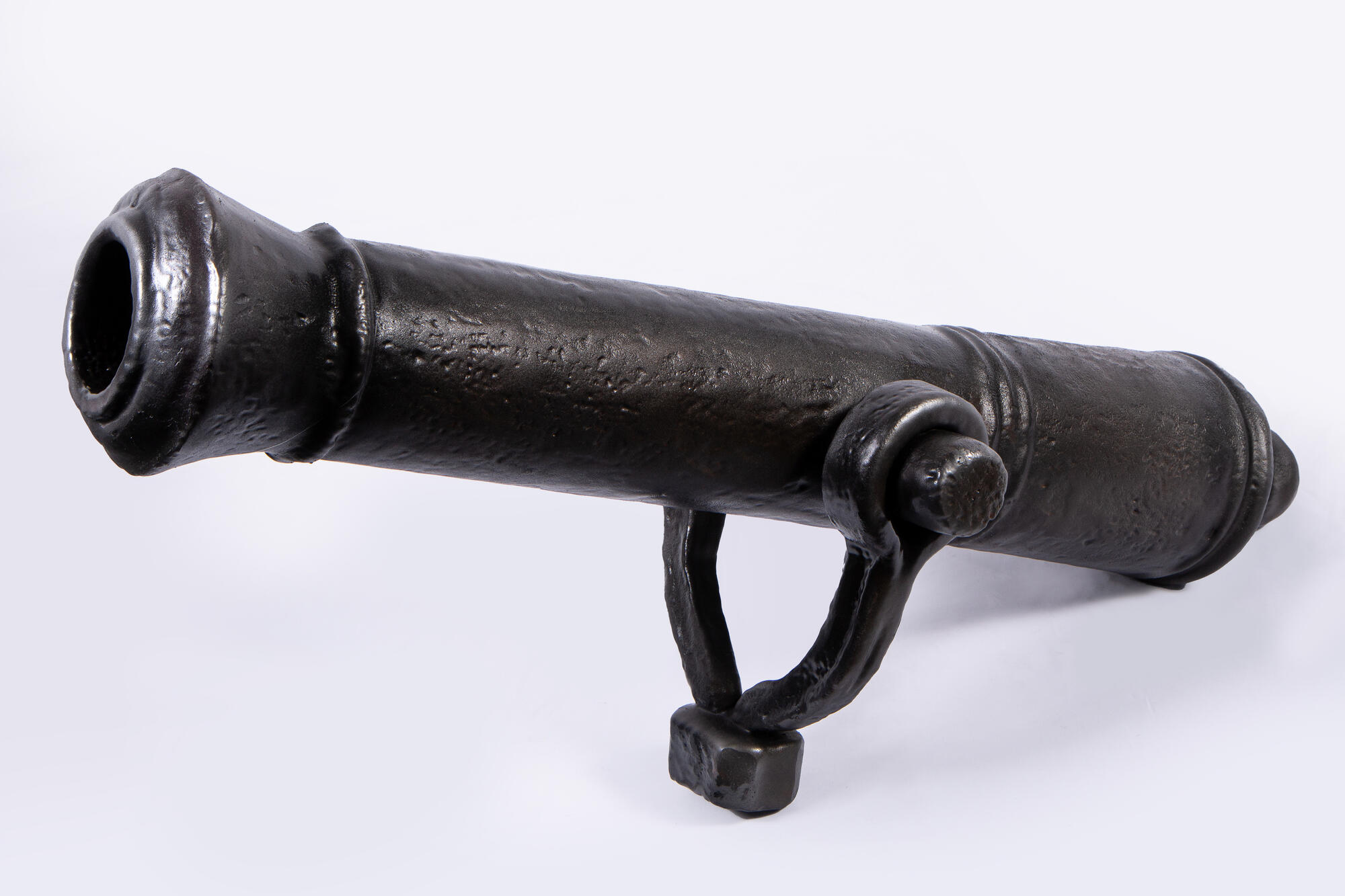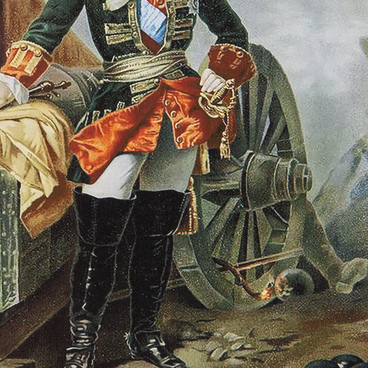The Nevyansk Metallurgical Plant was built by decree of Peter I, thus becoming a symbol of Peter’s reforms in the industrial sector. The Nevyansk plant did not remain state-owned for long. As early as in March of the following year, 1702, Peter I gave the new enterprise to the Tula master Nikita Demidov (Antyufeyev). The new owner of the Nevyansk plant was given the task of providing “military supplies” to the state. At the same time, the new owner did not get the enterprise for nothing — over the next five years Nikita Demidov had to reimburse the state for the costs of the plant’s construction in the amount of 11,887 rubles 95.5 kopecks. As a result, Nikita Demidov paid off the treasury not in five years, but in three years, producing “military supplies.”
At the beginning of the 18th century, Russia waged a war with Sweden in the attempt to gain access to the Baltic Sea. After the great battle near the city of Narva, which ended in the defeat of the Russian troops and the loss of almost all artillery, the Russian army was in drastic need of firearms.
There was an urgent need to reorganize the Russian army and make it more like a European one. To recreate the artillery, the Russian state planned to turn the Nevyansk plant into a weapons forge so that it could “replenish the Moscow state with all kinds of iron, and military cast iron supplies.”
Already in 1702, the Nevyansk plant received the first order: “To cast 200 cannons with an 18-pound cannonball and 200 cannons with a 12-pound cannonball.” The drawings and samples of guns were sent to the plant. The casting of “military supplies” took place at the foundry yard of the Nevyansk plant at the blast furnace. Foundry workers cooled the hot metal in the mold, cleaned it of imperfections, and then drilled the cannons. Their work required special skill. For example, according to the documents, an experienced cannon master Stepan Batashov worked at the Nevyansk plant during the time of the first Demidovs. He could “cast all sorts of cannons according to drawings and knew the size of the cannon.”
In the 18th century, the Nevyansk plant produced not only cannons but mortars as well. Unlike a cannon, their barrel was shorter and was intended for a more powerful projectile that flew a shorter distance and destroyed enemy fortifications. The Nevyansk plant also produced explosive shells — grenades and bombs. These ammunition hit enemy personnel, exploding in the air into many fragments and scattering 10–15 steps.







